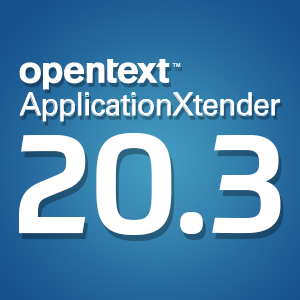Document imaging progresses, evolves
Wednesday, October 3, 2012The term "document" has evolved during the past several years. Traditionally, the word meant physical paperwork that may or may not contain sensitive information. As the global digitization trend disrupted the private sector as a whole, companies would use scanners to copy these files into a digital format and store them in an archive. This is not the case anymore, according to a report by TechTarget.
The consumerization of IT has had a significant impact on the document imaging process, making traditional scanners less relevant. Now, "documents" contain a variety of media content, including video and audio files. As a result, decision-makers need to leverage advanced document management software capable of capturing and securely storing virtually any type of information, the news source said.
Furthermore, smartphones, tablets and other advanced mobile devices have practically eliminated the need for legacy scanners, TechTarget noted, as the majority of mobile gadgets come standard with a built-in camera that provides individuals with the ability to transfer information to a document management system from virtually anywhere at any time.
Moving away from legacy document imaging
In addition to using advanced scanners and mobile devices, new technologies like voice recognition are making it easier for a wider variety of employees to input sensitive data into a document management system, TechTarget reported. Since speaking is the most convenient and simple way to transfer information, individuals don't need to learn the complexities of advanced document imaging processes.
Other tools, such as optical and intelligent character recognition technologies, are giving companies the ability to convert a wider range of physical paperwork to a digital format, TechTarget said. Intelligent character recognition tools, for example, can read hand-printed text, which is essentially nice handwriting with each character separated from its neighbor and spaced evenly on a single line.
Metadata, which is the reference information that classifies documents into different categories, is also becoming a more important part of the document imaging process. Traditional document imaging tools couldn't capture this data, which made it more difficult to label and archive files based on its contents. Newer solutions, on the other hand, are making metadata an essential part of the capture and storage process.
As companies continue to accumulate documents in a wide range of formats, leveraging advanced imaging solutions will become necessary for firms looking to keep document management systems efficient.
Brought to you by Image One Corporation, providing complete information governance since 1994.




